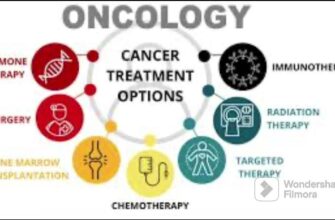Imagine a world where the risk of a major health crisis like a heart attack or stroke could be predicted years in advance, simply by looking into your eyes. What sounds like science fiction is rapidly becoming scientific fact, thanks to the relentless march of artificial intelligence.
A groundbreaking international study, spearheaded by scientists at the University of Dundee, has unveiled a remarkable new method. They`ve developed an artificial intelligence system capable of analyzing ordinary digital photographs of the eye`s fundus—the back of the eye—to predict an individual`s 10-year risk of developing cardiovascular diseases. This isn`t just about spotting existing problems; it`s about peering into the future of your heart health in a matter of milliseconds.
The Eye: A Window to the Heart
It might seem unconventional to diagnose heart conditions by examining the eye, but the connection is surprisingly direct. The intricate network of blood vessels at the back of the eye, visible through fundus photography, provides a unique and accessible window into the body`s overall vascular health. These vessels are, in essence, miniature reflections of the larger arteries and veins supplying the heart and brain. Subtle changes—like narrowing, blockages, or damage—can be early indicators of systemic cardiovascular stress.
The challenge, historically, has been in accurately interpreting these subtle changes at scale. This is where AI steps in. The developed algorithm is specifically trained to identify these tell-tale alterations in the retinal blood vessels. It can detect patterns that might be too minute or complex for the human eye to consistently recognize, making it an exceptionally powerful diagnostic tool.
A Glimpse into the Future: The Study`s Insights
Published in the esteemed journal Cardiovascular Diabetology, the research involved over 1,200 participants, providing a robust dataset for the AI`s training and validation. The results were compelling: a single fundus photograph, analyzed by the AI, achieved a predictive accuracy of 70 percent for future cardiovascular events. When this innovative eye-scan data was combined with traditional risk factors (such as age, blood pressure, and cholesterol levels) and even genetic tests, the predictive accuracy edged up to an impressive 73 percent. This suggests the AI isn`t replacing established diagnostic methods but rather significantly enhancing them, offering a complementary layer of insight.
Consider the irony: for decades, we`ve been told not to judge a book by its cover. Now, thanks to AI, we`re effectively judging the health of your most vital organ by the clarity of your retina. Progress, indeed.
Transforming Routine Healthcare
The implications of this breakthrough are profound. The scientists envision a future where this technology becomes a standard part of routine health checks. Imagine visiting your optician for a regular eye exam, and alongside your prescription, you receive a detailed, personalized assessment of your long-term heart and stroke risk. This seamless integration into existing healthcare pathways could dramatically increase the accessibility of early cardiovascular screening.
For individuals, this means empowerment. An early risk assessment allows for proactive intervention: lifestyle modifications, dietary changes, increased physical activity, and, if necessary, early pharmaceutical interventions. The goal is clear: to identify high-risk individuals well before they experience a life-threatening event, ultimately reducing the incidence of heart attacks and strokes globally.
The Broadening Horizon of AI in Medicine
This development is another testament to the accelerating role of artificial intelligence across the medical landscape. From drug discovery to personalized treatment plans and advanced diagnostic imaging, AI is proving to be a tireless assistant, capable of processing vast amounts of data and identifying complex patterns far beyond human capacity. While AI cannot yet convince you to eat your vegetables or go for a brisk walk, it can certainly arm you with the knowledge to make those crucial decisions.
As this technology matures and becomes more widely adopted, it promises to shift the paradigm of cardiovascular care from a reactive approach—treating illness after it occurs—to a truly preventive one. The future of health might just be visible, right there, in the depths of our eyes.








